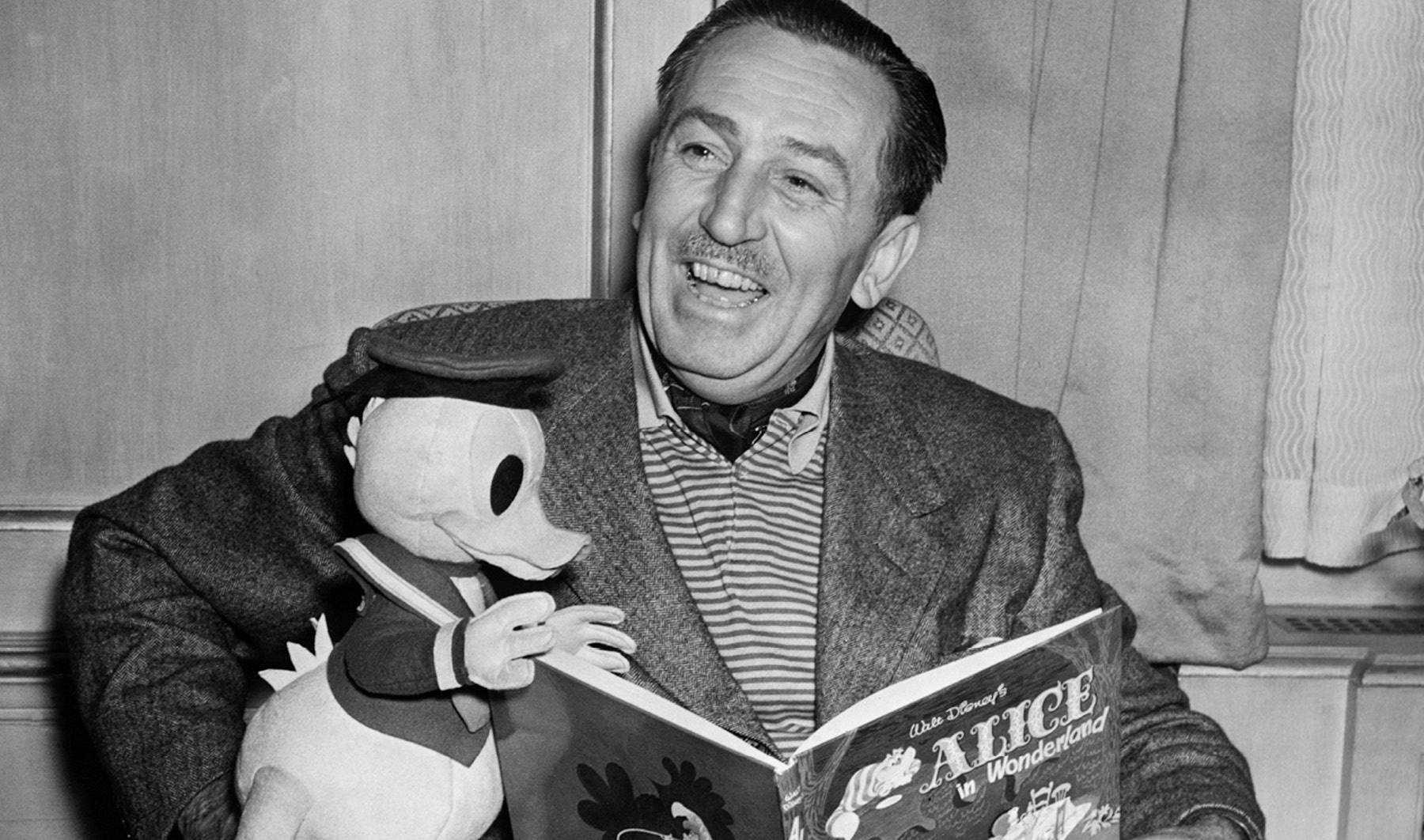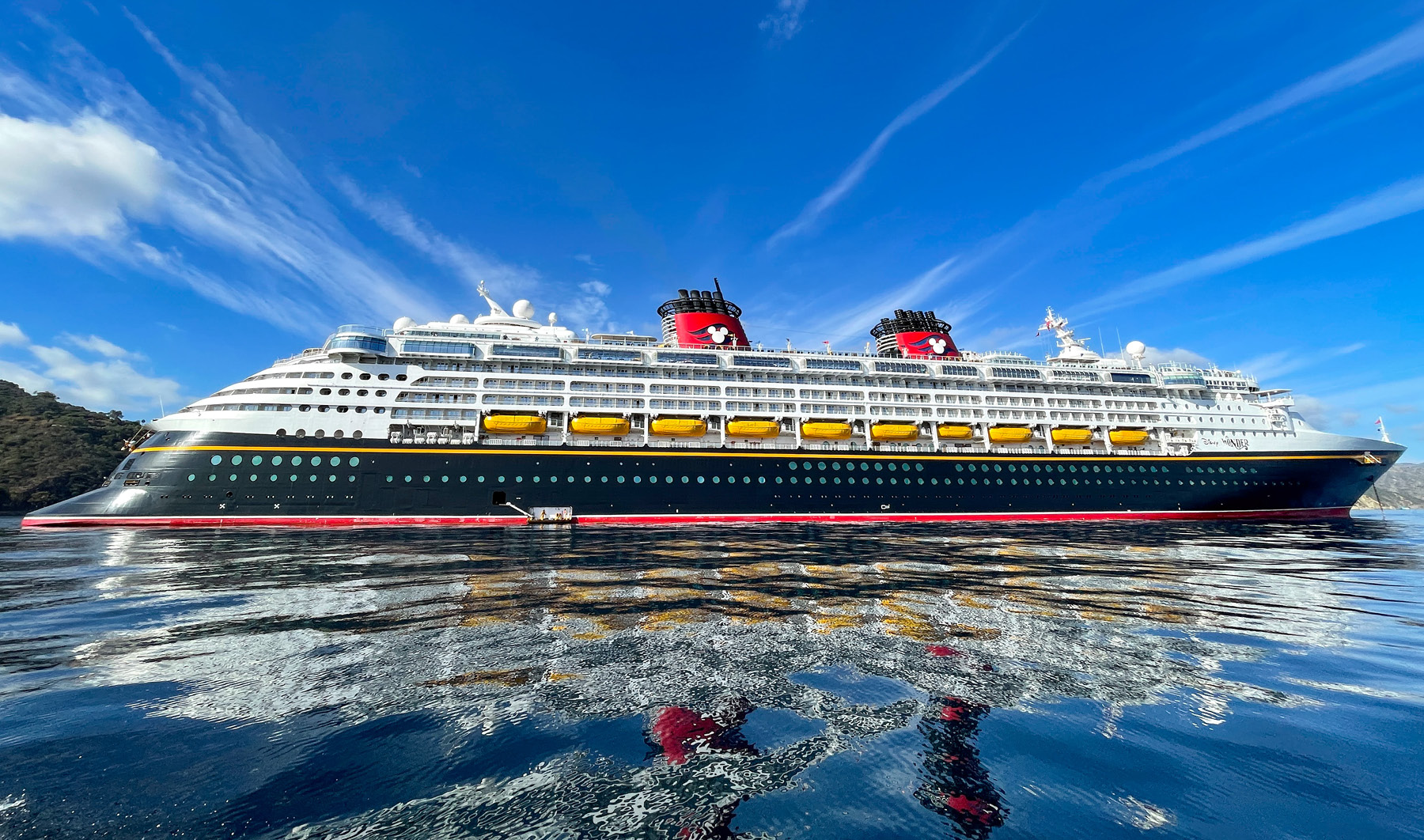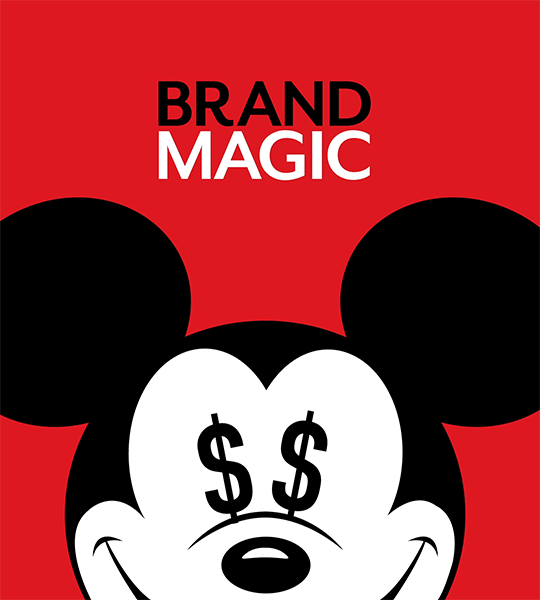Language
You can read the magazine in one of the following languages
There is barely a person on the planet who was not born into a world in which Disney existed. The company celebrates its centennial this year, and the impact it has had around the globe is unrivaled.
Disney has become a milestone marker, a reference point to bond over and such an intrinsic part of childhood that many parents believe a trip to Disneyland is a rite of passage.
We have grown up under the spell of the characters, stories, cross-media products and experiences, and as the company has added to its roster, the demographic it enthralls has only expanded.
When it comes to brand loyalty, Disney has been winning hearts since 1923, so it’s no surprise the company is valued at more than US$160 billion and is the largest independent media company in the world.

Disney’s revered Founder Walt Disney
“A strong brand is something that creates almost a chemical reaction in someone as soon as they hear that name or that brand name,” Walt Disney Company CEO Bob Iger explained in a masterclass. “If I say to you ‘Disney’, you know exactly what it is. There’s a feeling inside you, either because you’ve consumed the brand in some form, or it’s had an impact on your life.
“A strong brand is something that is very identifiable in terms of its qualities, its attributes, its values, what it stands for.”
- Bob Iger
“You immediately have a visceral feeling about it. What that says is that a strong brand is something that is very identifiable in terms of its qualities, its attributes, its values, what it stands for.”
And in order to keep the brand on track for another 100 years, the company appointed Asad Ayaz as its first Chief Brand Officer this year. Tasked with heading up marketing for the holistic Disney brand, including setting franchise priorities and overseeing a global consumer research and analytics unit, Ayaz also remains President of Marketing for Walt Disney Studios.
Perhaps the success of the Disney brand can be attributed to the fact the story always comes first for the company, unlike in many others where the product is the starting focus.
It is notable also that Disney productions are inspiring and motivating, capturing hearts and minds instantly. And from these stories and characters come the merchandise, rides, stage shows and soundtracks. But the story is key.
This approach works as viewers become emotionally invested, and then become consumers of all the related experiences and products that follow; a doll is just a doll without the backstory of being Elsa from Frozen.

While the merchandise, rides, stage shows and soundtracks are all important, for Disney the story is always key
In this respect, Disney doesn’t just create movies – it creates entire universes around each story. The emotional dimension is generated at every future touchpoint for that franchise.
“Throughout both my early life and my time at the company, I’ve marveled at the power of Disney’s storytelling, experiences and simply the name itself to inspire people and resonate through generations.”
- Asad Ayaz
Walt Disney built a brand based on delivering experiences audiences would love, and that has continued as the magic of Disney and a sense of quality.
When you repeatedly deliver on that, when you can immerse your audience in worlds of delight and wonder, you create fans for life, something Ayaz says he is all too aware of.
“Throughout both my early life and my time at the company, I’ve marveled at the power of Disney’s storytelling, experiences and simply the name itself to inspire people and resonate through generations,” Ayaz said upon his appointment.
“I’m excited to work with the amazing teams around our company to highlight all the things that make Disney exceptional and ensure that we continue to create those meaningful connections with audiences for many more generations to come.”
If you can connect with someone pretty much from birth and be linked to many of their fondest memories, you become part of their life.
From the toys cuddled while watching an animated adventure to the moment parents reveal the family vacation to a Disney resort or cruise, to retiring and catching up with ESPN, Disney has a product, service or experience for every stage of life. And the power and draw of nostalgia cannot be underestimated.

Walt Disney Studios’ President of Marketing and Chief Brand Officer, Asad Ayaz
By continually delivering on their brand promise to bring happiness and joy to life with values like quality, creativity and curiosity, trust and loyalty is maintained and passed down through generations.
Not only are the stories relevant in the future, partly because many are derived from tales that have been retold for hundreds of years already, but the emotions are, too.
People want to pass down the warmth and wonder they have experienced as a gift to a new generation. This helps Disney both with customer retention and free marketing as their stories and products become part of childhood and culture.
Disney knows it needs to live up to expectation and deliver on quality and experience every time. But it has also learned that the nuances of how to do this are different throughout the world.
While a cookie-cutter approach on fantasy might seem to be the answer globally, the company has learned how in each territory its offering needs to be finely tuned with audience desires.
While a cookie-cutter approach on fantasy might seem to be the answer globally, the company has learned how in each territory its offering needs to be finely tuned with audience desires.
For example, when Disneyland in both Tokyo and Paris opened with their food and beverage options, it was quickly discovered that they were not in line with local expectations. In the case of the French park, that meant changing the company position on no alcohol being served on-site.
The issues the company faced when it opened Euro Disneyland in 1992 were complex because it didn’t understand the host nation or the surrounding countries it was trying to appeal to.
It relied on organization and management models from an American culture and understanding – French journalist Jean Cau famously described the park as ‘a cultural Chernobyl’ – and it took a name change, ticket and hotel price cut and many years before the park made a profit.
But the company was committed and adapted until the park became a success.
Walt Disney built a brand based on delivering experiences audiences would love and would stand the test of time.
“Fantasy, if it’s really convincing, can’t become dated, for the simple reason that it represents a flight into a dimension that lies beyond the reach of time,” he said. With 100 years in business in the bag, it seems he was correct.

The global success of the streaming provider Disney+ is an excellent example of the brand’s ability to keep abreast of new technologies and customer demands
But business and experience excellence have also been important in maintaining the magic and positioning of the brand as a quality product. At times the company has had to double down on whether this is what they are providing.
While they now give very careful consideration to all new partnerships, in the 1980s Disney characters were everywhere, selling third-party items and services across a multitude of companies.
“There is a quality element to Disney across all its divisions, which have very different audiences. Their equity is built on delivering on a brand promise consistently, which is the basis of the trust in a brand.”
- Allyson Stewart-Allen
A customer survey by Disney found consumers didn’t differentiate between all the endorsements and resented some of the products and services they saw their favorite characters promoting and felt they were exploiting the Disney name.
The saturation and choices were damaging the brand equity. Disney realized they needed to manage the brand franchises better and more thoroughly assess licensing to maintain both quality and emotional attachment of fans.
“Disney have leveraged their intellectual property very well,” author of Working with Americans and CEO of International Marketing Partners Allyson Stewart-Allen tells The CEO Magazine.
“Mickey was the first property Disney leveraged and Walt and [brother and Co-Founder] Roy were very clear how to make the most of that character and set up guidelines early on about the use of the icon and what was appropriate.

Disney continues to innovate, diversify and evolve while also staying true to its core values
“They were visionary in that respect as it was not considered in those days. They had a long-term plan about making the most of what they had. There is a quality element to Disney across all its divisions, which have very different audiences. Their equity is built on delivering on a brand promise consistently, which is the basis of the trust in a brand – they deliver this.”
Although it all started with a mouse, the success of Disney over the past 100 years has only been possible because the company has managed to innovate and evolve.
From creating stage shows from their movies to the launch of streaming provider Disney+, the brand keeps abreast of new technology and customer demands.
“A brand is a very careful balance between legacy or heritage and innovation,” Iger noted. “Because the world is changing so much and so quickly, it’s important for brands, in order to be healthy, to continue to be relevant.”
“If you study great companies over time and you try to figure out why some companies stand the test of time and others do not, you would quickly conclude that most companies fade away because they’ve abandoned the core values that created the company in the first place.”
- Bob Iger
When collaborating or acquiring assets, Disney has carefully selected successful companies that both fit and extend its brand. From Pixar and Marvel to LucasFilm and 21st Century Fox, these acquisitions have helped to fill gaps, diversify the company’s portfolio and strengthen its brand.

Disney magic is alive and well across its 12 parks around the world
But what you don’t buy is just as important. Disney has also carefully considered the essence of the company when looking at its acquisitions; for example, deciding not to buy Twitter in 2016, as it felt many of the issues that came with it would be corrosive to the brand.
As Iger highlighted, remaining true to the brand is the only way to secure the future of the company while exploring future markets.
“If you study great companies over time and you try to figure out why some companies stand the test of time and others do not, you would quickly conclude that most companies fade away because they’ve abandoned the core values that created the company in the first place,” he said.
“That, in the interest of staying relevant, they distance themselves from the essence of what they were. There is a way to completely adhere to those same values but to present them to the world, to your customers and to your employees in much more relevant ways.”
Which means we can expect to be entranced by Disney magic for a whole lot longer.
